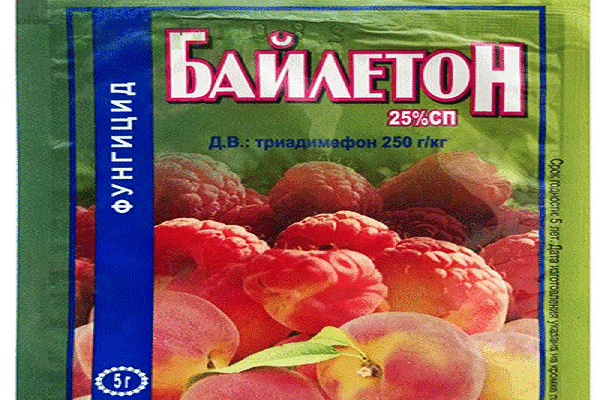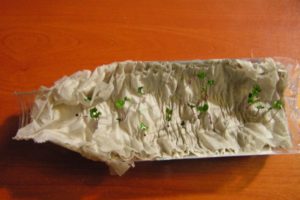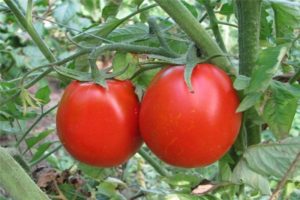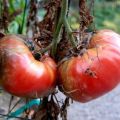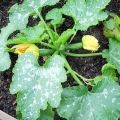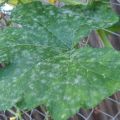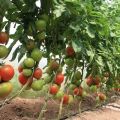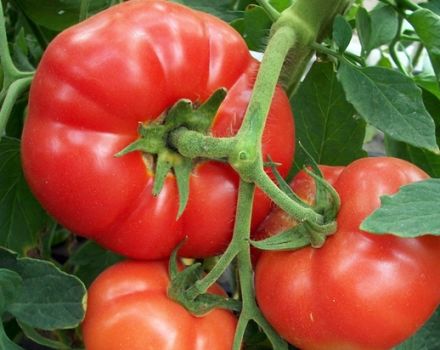The better to process tomatoes from powdery mildew
Powdery mildew on tomatoes is the general name for fungal diseases that are characterized by a white powdery coating on the leaves and stems. The main pathogens are the marsupial fungi Oidium erysiphoides and Oidiopsis taurica.
Oidium is most often affected by greenhouse tomatoes with insufficient watering and low relative humidity. In the open field, the disease is possible, but does not carry such serious consequences and is easier to treat.
The first signs of the disease are rounded yellowish spots on the leaves at the bottom of the bush. On the reverse side, a white powdery coating is visible. Over time, the spots coalesce and the plaque moves to the tops of leaves and stems. Fruits affected by powdery mildew crack and rot.
To minimize the risk of powdery mildew on tomatoes, you must adhere to the following rules:
- regular cleaning of the site from weeds, rotten fruits and other plant debris;
- compliance with the rules of crop rotation on the site and the annual replacement of soil in the greenhouse;
- Planting no more than 3-5 bushes per square meter, forming bushes, tying to supports, removing excess shoots and leaves that interfere with air circulation;
- timely feeding tomatoes mineral fertilizers without exceeding the permissible dosages (especially nitrogen);
- timely watering;
- regular ventilation in the greenhouse;
- daily inspection of plantings for the early detection of infected plants;
- preventive treatment of tomatoes with biological products;
- timely treatment of infected plants with chemicals.
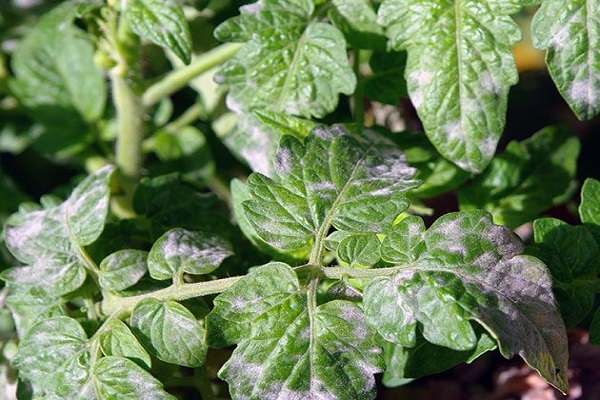
How to deal with powdery mildew on tomatoes?
At the first signs of infection of tomato plantings with powdery mildew, it is necessary to react quickly and process the plants in the first 3-4 days. Fungal infections are easier to treat in the early stages before tissue necrosis has occurred.
If measures have not been taken to control powdery mildew on tomatoes, fungal colonies spread quickly. The leaves dry up and crumble. The plant will try to start new shoots, but under the influence of infection, they will also quickly die.

Smarter 2–3 times a month to carry out prophylactic spraying of tomatoes with safe biological preparations or compositions from popular practice.
Folk remedies
Before treating tomatoes for powdery mildew with chemical fungicides, you can try folk remedies. The main thing is to have time to spray tomatoes in the first 3-5 days after infection.

Soda solution with soap
In 10 liters of hot water, stir 2 tablespoons of soda and 10 g of laundry soap. All tomatoes are sprayed with a chilled solution when the first signs of infection appear in the beds. After 2-3 days, the treatment is repeated.
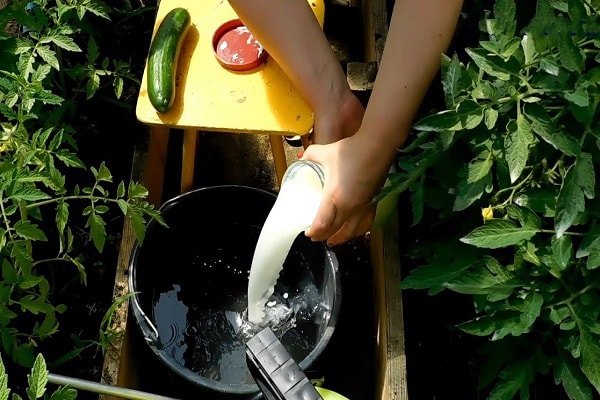
Milk serum
Whey is diluted with water in a ratio of 1:10 and tomatoes are sprayed in dry weather. The whey dried on the leaves forms a protective film and prevents the development of the fungus.
Serum is a safe and effective prophylactic against powdery mildew. Spraying the plants once every 2 weeks will help avoid contamination. The initial form of the disease is treated with a course of 3-4 treatments with an interval of 2-3 days.
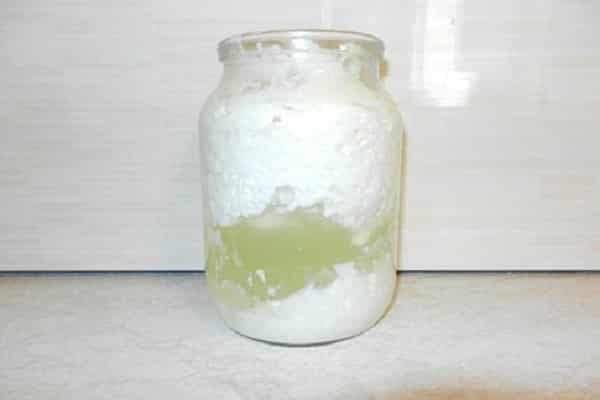
Infusion of wood ash
Wood ash is poured with hot water in a ratio of 1:10, stirred and infused for a week. The water is carefully drained without sediment and the tomatoes are sprayed with it. Processing tomatoes with an ash solution is an additional foliar fertilizing with minerals.
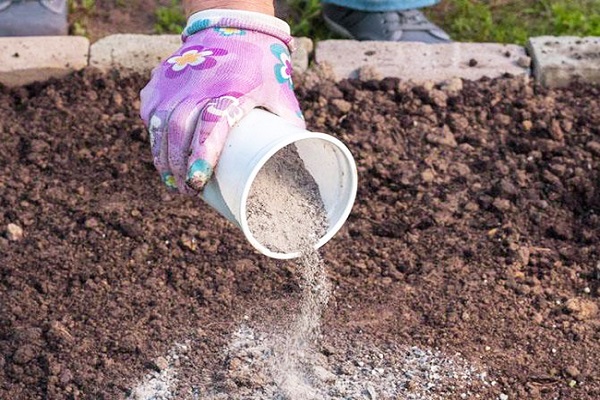
Manganese solution
2.5 g of potassium permanganate are dissolved in a bucket of water and the tomatoes are sprayed every 5 days until the signs of the disease disappear.
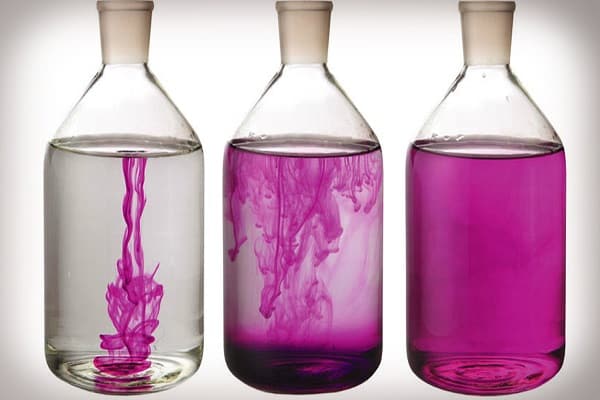
Bioactive substances
Not all powdery mildew control measures on tomatoes are equally safe for treated plants, humans and the environment. If the disease is not started, then it is better to use harmless bioactive substances.
Humate Na
A solution of sodium humate (0.01%) is suitable for the treatment of tomatoes in the initial stages of powdery mildew infection and for preventive treatments.
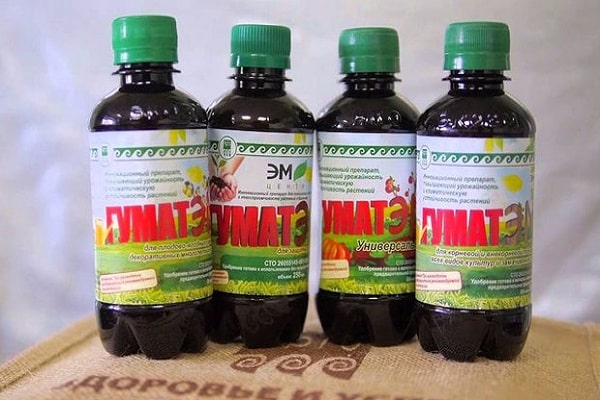
Spraying every 10-14 days at the first signs of the disease stops the spread of the fungus.
Important! Humate, being a growth stimulant and complex fertilizer, helps plants to grow stronger and recover from illness.
Tiovit jet, Cumulus DF (colloidal sulfur)
Colloidal sulfur, a bioactive substance, disrupts the vital processes of the cells of mealy fungi. The result is visible the very next day after treatment and retains its protective effect for another 10-14 days. Subject to the recommended dosage of 30-80 g per 10 liters of water, means is safe for plants. Tomatoes are processed 1-5 times per season.
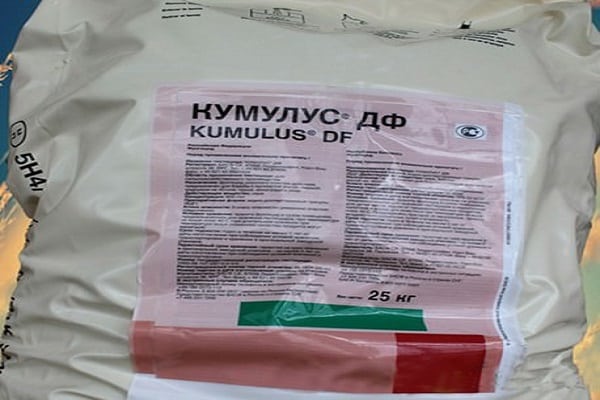
Biological preparations
Spraying tomatoes with biological preparations, you can not only cure plants from fungi, but also further strengthen their immunity.
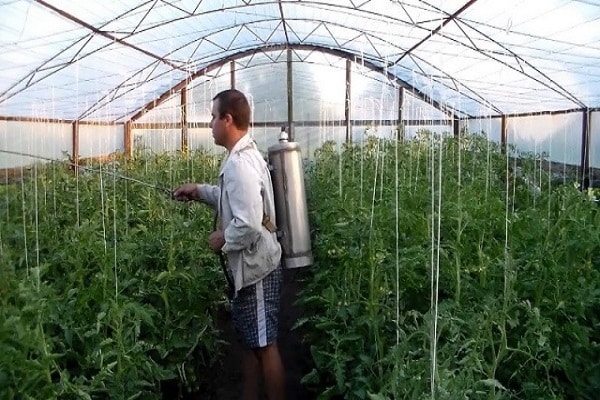
Baktofit
Treatment with the biological preparation Baktofit should be carried out for preventive purposes and at the first symptoms of infection with powdery mildew. It is harmless, is a good growth stimulant and increases yields by 10–20%. Bactofit can be used in conjunction with chemical herbicides to reduce the likelihood of burns and restore plants.
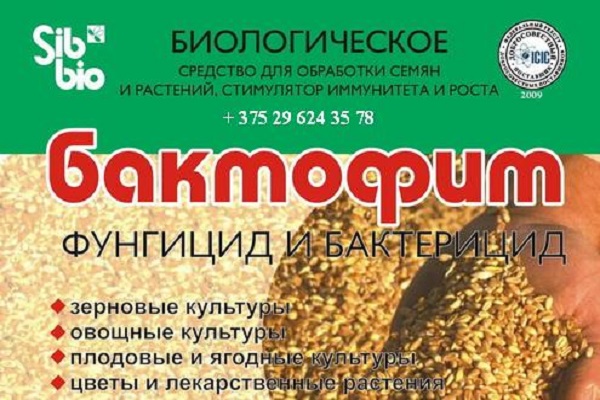
Planriz
Planriz is not registered, but is widely used by vegetable growers to fight fungi, including tomato powdery mildew. This biological agent treats the disease in the early stages and is suitable for prophylactic spraying. Processing is carried out every 10-14 days. If necessary, Planriz is suitable for tank mixes.

Bordeaux liquid
Processing with Bordeaux liquid can only be carried out on cool, dry days, so as not to leave burns on the tomato leaves. For preventive spraying, a 1% concentration of the solution is suitable. When signs of a fungal disease appear, treatment is carried out with a 3% solution of Bordeaux liquid. Copper in the solution has a positive effect on plant growth and ovary formation.
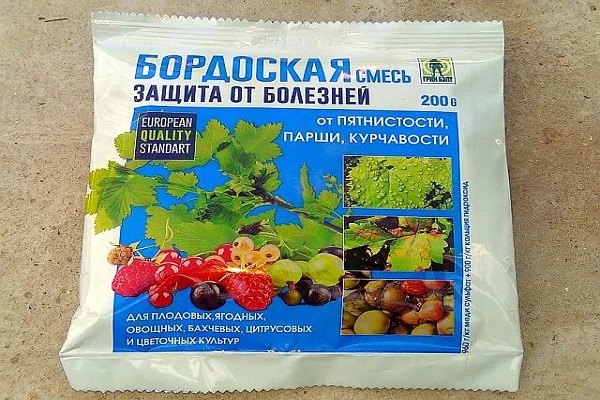
Chemical fungicides
Chemical fungicides can harm pollinating insects and, if used frequently, cause resistance in fungi.
Council. Do not treat tomatoes with chemical fungicides more than 2-3 times per season and try to change the active ingredients.
Silicate glue is usually added to solutions for better adhesion of the drug.When spraying, select a fine spray mode to prevent the substance from dripping onto the soil. In the greenhouse, not only plants are treated with fungicides, but also the structures of the structure.
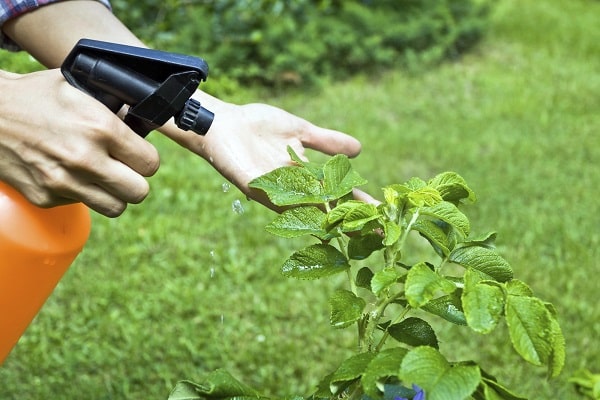
Quadris
Quadris belongs to the class of strobilurins. In calm dry weather, in the evening or morning hours, tomatoes are treated with a 0.2% working solution of the fungicide. Do not allow the drug to drip onto the soil. The number of treatments per season should not exceed two.
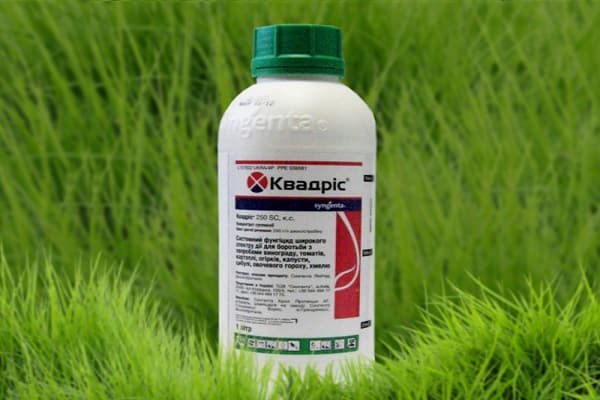
Topaz
Topaz belongs to the class of triazoles. Active against powdery mildew on tomatoes and other fungal diseases. Topaz is able to penetrate through young shoots into the plant and act systemically in all parts of the bush. The activity of the drug lasts for two weeks.
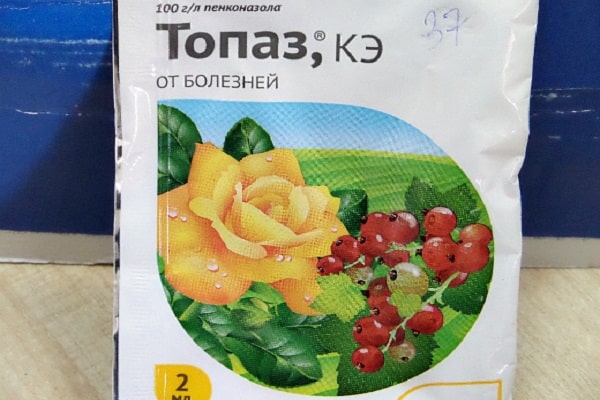
Privent, Byleton
Prirent and Bayleton belong to the group of triazole derivatives. The active ingredient is triadimefon. Broad spectrum fungicide. If signs of infection with powdery mildew are detected, the plants are treated with a 0.1% working solution.
Triadimefon penetrates into the tissues of tomato bushes and stops the division of fungal cells. The effect of the drug is noticeable already in the first day after treatment and lasts up to 3-4 weeks.
